Are you willing to sponsor?
Are you ready to explore the transformative power of athlete sponsorship for your brand? Click here to learn more about how sponsorship can help brands grow and thrive in the exciting world of motorsports.
By Riccardo Tafà| Posted May 19, 2019 | In MotoGP, Sport Sponsorship
Practice without theory is blind: who could doubt this? This is why theory cannot be ignored and, when something does not work or practice gives poor results, it should be given back its central role. As this applies to sports marketing as well, let’s investigate the theory behind this sector.
A sports product (and here we mean the production of a sports event that could be appreciated by a large number of fans and supporters) consists of some fixed and well-structured features:
If we stick to theory, it clearly emerges that the stronger and greater in number these features are, the more successful the sports product will be. On the other hand, when one or multiple features above tend to get weak and eventually disappear, the term “sports product” no longer applies and reference should be made to other forms of entertainment, such as music, show, the theatre and similar disciplines.
Although on a partial scale, these indicators offer an explanation of what is happening to the most prestigious four-wheel championship in the world, i.e. Formula 1, where the Mercedes Team won their fifth consecutive double on the Circuit of Catalonia, Barcelona, last week.
Immediately after the Grand Prix in Baku many complained about the unsustainable boredom generated by still another Grand Prix without thrills and largely dominated by the silver arrows. To be precise, “boredom” is a simplistic and trivialising concept which does not represent the disease, but rather the symptom.
Formula 1 is not boring by its very nature: the current Formula 1 is tedious because something is not working right in it. Going back to my introductory remarks, the causes of such boredom are clearly expressed by the decay of three of the sports product features mentioned at the beginning of this article.
Although there are natural differences between stronger and weaker teams in any discipline, whether it is football, basketball or motor sports, a huge gap such as the one experienced in the major series of open wheelers is definitely inconceivable. The gap is mainly due to extraordinary economic differences in the operating budgets, with Mercedes having a budget for 2018 totalling 450 million euro against 110 of Force India. This gap is more likely to grow than to be reduced if you consider how economic regulations are structured in Formula 1. These assumptions void the idea of competition among different teams, as the game only has one leader and no real competitors.
Rules are a key point, especially for fans. The rules of Formula 1 have become so complex that any infrequent follower of this sport cannot watch the TV and the race with pleasure. Tyre changes with different tread compounds, compliance with the delta time when the virtual safety car is on the race track and the unclear possibility to activate the DRS while lapping other cars on the way back to the boxes: the major series of open wheelers is a very difficult sport to follow and it is now very far from the concept of traditional “car racing”.
The issue with unpredictability is easy to understand if you consider that the team who won the last five world championships is also the winner of the first five races of the ongoing season. However, “Predictability” does not merely mean guessing the winner, but seeing how an event ends. More and more frequently cars and their drivers cross the finish line in the same order as at the start line. Additionally, as cars are more reliable and easier to drive, sensational breakage or extraordinary twists are quite uncommon. In the Barcelona race too, the safety car did not contribute to mixing things up and the drivers crossed the finish line almost in the same order they had at the start of the race.
Formula 1 was one of the most important happenings on earth for many years. Starting from the 60s until the first five years of the new century, the major formula was considered a mythological Eden inhabited by knights of extraordinary courage who drove their hellishly fast cars, pushing them beyond the borders of physics, fearless of danger. It was “like flying jet fighters in a gymnasium“, to quote the old saying. The show was so breathtaking that it kept millions of people all over the world with their eyes stuck on the TV screen. At the same time, Formula 1 was the unsurpassed goose that lays the golden eggs for people involved in sports marketing and sponsorships. Any brand displayed on the single-seaters of the golden days still have an unsurpassed popularity at present.
This model was supported by free-to-air television, which helped sponsors and investors to reach out to millions of homes and vast crowds all over the world thanks to a strong, consistent and moderately expensive programme. Have a look at the following data to understand the unlimited dimension of this phenomenon. In the Italian peninsula Formula 1 recorded an average of 10 million 650 thousand viewers per race back in 2000. In our days, only the most successful night at the Italian song festival “Festival di Sanremo” can hit these figures.
The shift to pay-per-view was a risk that the organization decided to take at world level considering the huge fan base: networks like SKY were ready to pay mind-blowing amounts to acquire a wide slice of the audience cake, which could rapidly fill up the wallets of sports managers.
As is evident, however, the pay-per-view model is pitiless if the show is not excellent. Nobody is willing to pay for a boring race or to fall asleep watching TV. The result is a bewildering drop in the audience rates and the pitiless escape of sponsors who tend to take a different road, if they are not industry operators. According to Forbes, the drop in the audience rate in Formula 1 in the past 11 years in the UK – one of the leading markets – amounts to approx. 20%, with negative peaks of 44% in the last season.
If, on the one hand, it is easy to understand that a series like Formula 1 may tend to support pay TV (although it guarantees a lower income from the sponsors), on the other it is rather impossible to continue to hide the one and real problem: the show that modern F1 offers is very low quality, as explained above.
Curiously enough, on the very day when Formula 1 was living another grey page in its history, a sport show of rare beauty was taking place on the other side of the ocean. In the American NBA the two conference semi finals between Portland and Denver and between Toronto and Philadelphia at the seventh and conclusive match were decided by a shot at the buzzer. A thrilling sport moment offered to game supporters and anyone who was lucky enough to switch to the TV channel where the match was being broadcast.
Some time ago I posted an article on these pages to discuss the condition of health of the championships. At present, it is impossible to exclude the NBA from the major series on the planet – together with the Premier League and the Champions League – if you consider how healthy it is and the fact that it has all the features of a sports product, as mentioned at the beginning of this article.
You may now wonder how NBA connects to Formula 1. Let’s take a deeper insight and you will understand that the parallelism is not as fancy as you may think. Professionals involved in sports marketing are very well aware that competition in the sports marketing arena is not merely inside, but also outside the sport and it is played with other sports disciplines as well. At a time of a vast and multidisciplinary offer, the battle is actually fought on all fields. If a sport is boring, the viewer will eventually watch a different one and sooner or later a radical change will take place in his/her preferences. This is even more true for new viewers who will tend to prefer thrilling sports with unpredictable outcomes from the very beginning (this was the case with baseball which gradually lost viewers to American football and basket, as these are more exciting sports and more accessible time-wise).
The impact is not only on viewers, of course. Sponsors too are affected in that they will eventually queue to be visible to the greatest number of eyeballs possible and to be associated with the most thrilling and adrenaline-filled disciplines.
There is one more aspect that needs to be considered when the issue is competition outside the concerned discipline, which is quite a significant aspect for contemporary Formula 1. When viewers move from one discipline to another, they tend to chose disciplines with similar features. More specifically, lovers of motor disciplines who are bored by Formula 1 are likely to switch to other motor series, i.e. two or four wheels irrespectively, such as Formula E and MotoGP. Both championships are currently experiencing an enviable level of fitness and health: competitions are exciting, the rules are simple and the formats are extremely easy and pleasant to follow.
Formula E, which was initially criticised for being a poorly appealing marketing experiment, is winning quite a respectable audience share, which is on a constant rise thanks to exciting races and gritty drivers. On the other hand, MotoGP with its sound management of the rules and competitiveness involving all teams – four manufacturers compete for the podium every Sunday – is more and more radically becoming the flagship of motor competitions. Of course, sponsors and marketing programmes move accordingly.
In my previous lines I quoted an article about the health of the championships. To conclude this one I would like to refer to this issue, drawing a sad yet interesting parallelism.
Although it has not been formally confirmed yet, the news spread that the race held in Barcelona may be the last edition of the Formula 1 Grand Prix in Spain. Next year the circus may give the Catalan track a brush-off in favour of the Zandvoort track in the Netherlands. The reasons for this decision are said to be multiple (erm, Max Verstappen) but the significant drop in the demand for tickets by the Spanish fans is definitely on top of the list. For the first time ever since the 50s the Iberian peninsula would be out of the F1 world championship.
I am writing these lines a few weeks after the MotoGP Grand Prix in Jerez de la Frontera, the first European stop of the two wheel world championship – an incredible event for fans and supporters, feasting and colourful crowds eager to give proof of the passion of an entire nation to any device featuring an engine and wheels.
Spain, together with Italy and Great Britain, is one of the homes of world motor sports. It is the land that enthusiastically crowded the track of the world championship and now it is rumoured to be moving out of Formula 1. If these news are true, then the crisis experienced by the major series of open wheelers must be very serious indeed.
Discover more about Sports Marketing Agency UK.
Want to discuss sponsorship and sports marketing? Drop us a line at info@rtrsports.com
Are you ready to explore the transformative power of athlete sponsorship for your brand? Click here to learn more about how sponsorship can help brands grow and thrive in the exciting world of motorsports.

Managing Director for RTR Sports, Riccardo graduated in law at the University of Bologna. He began his career in London in PR, then started working in two and four-wheelers. A brief move to Monaco followed before returning to Italy. There he founded RTR, first a consulting firm and then a sports marketing company which, eventually, he moved back to London.
The online platform where you can discover the latest trends, strategies and insights from the exciting world of sports marketing.
View our blog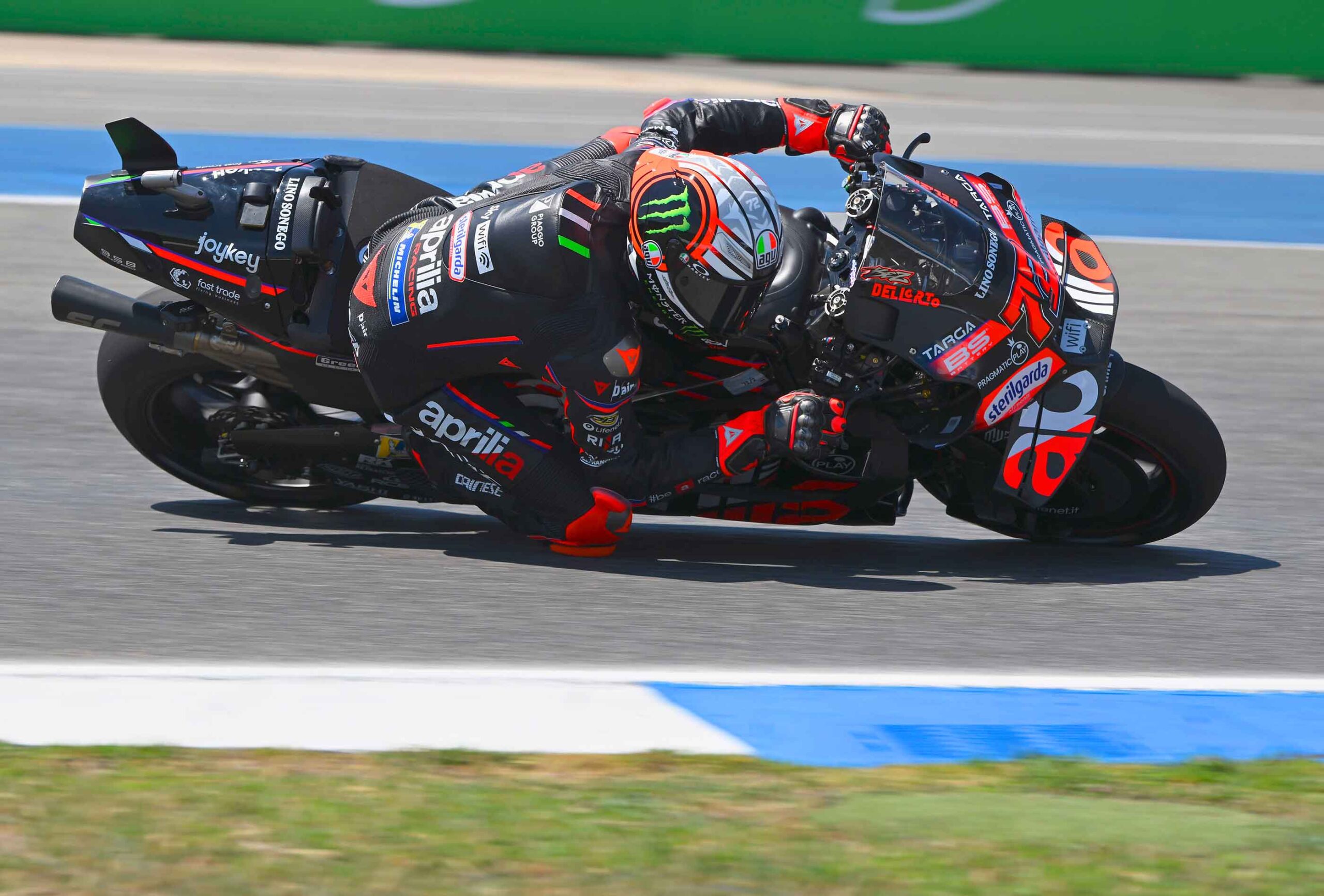
June 17, 2025
Starting in 2027, MotoGP is preparing for a momentous change that will redefine the face of motorcycling’s premier class. The new technical rules, announced by the Grand Prix Commission[...]
Read More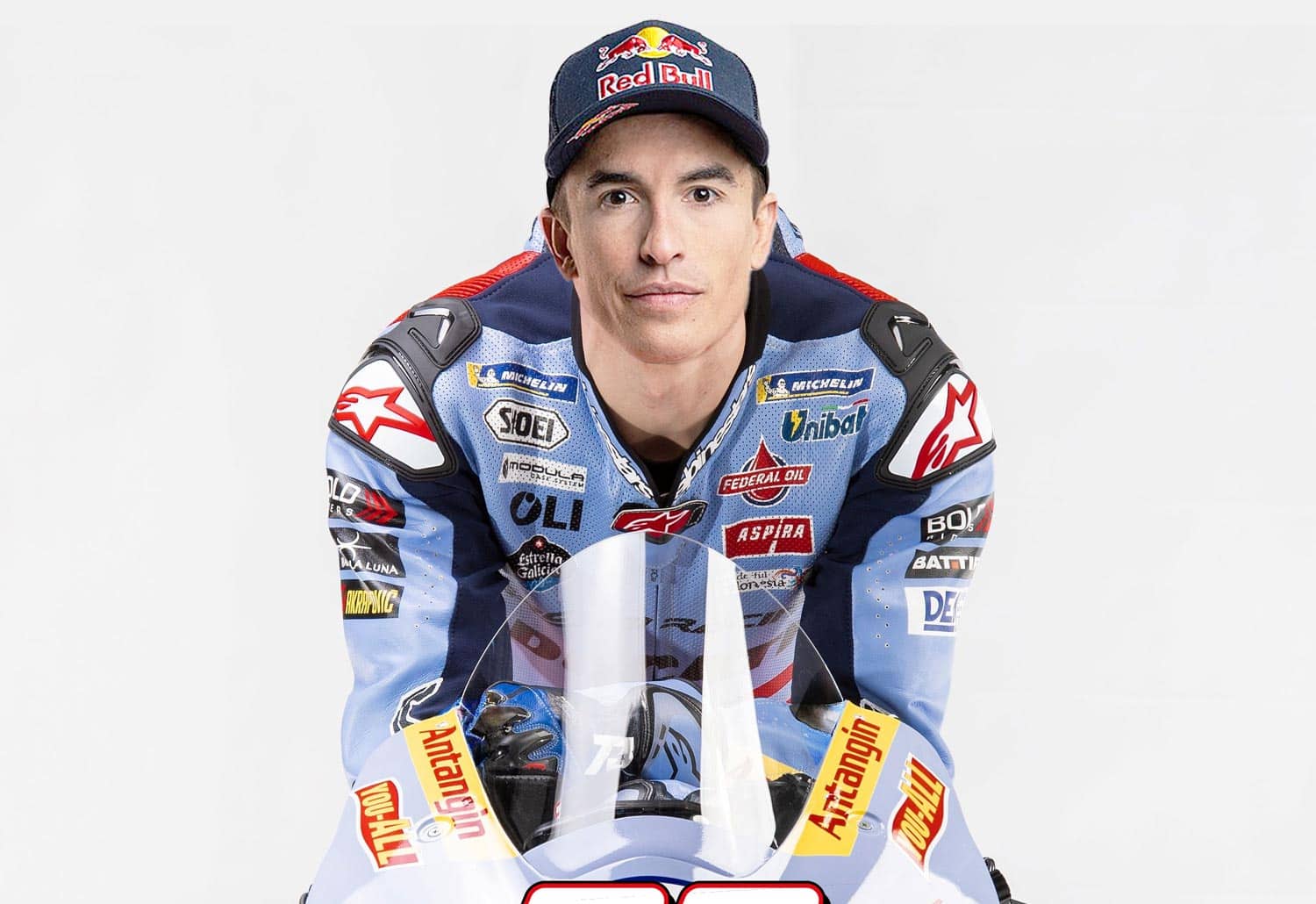
June 11, 2025
After 11 years, Marc Marquez is leaving Honda HRC to join Team Gresini. This was announced in a laconic press release, without signatures or photos, by the same House with the Wing. The same [...]
Read More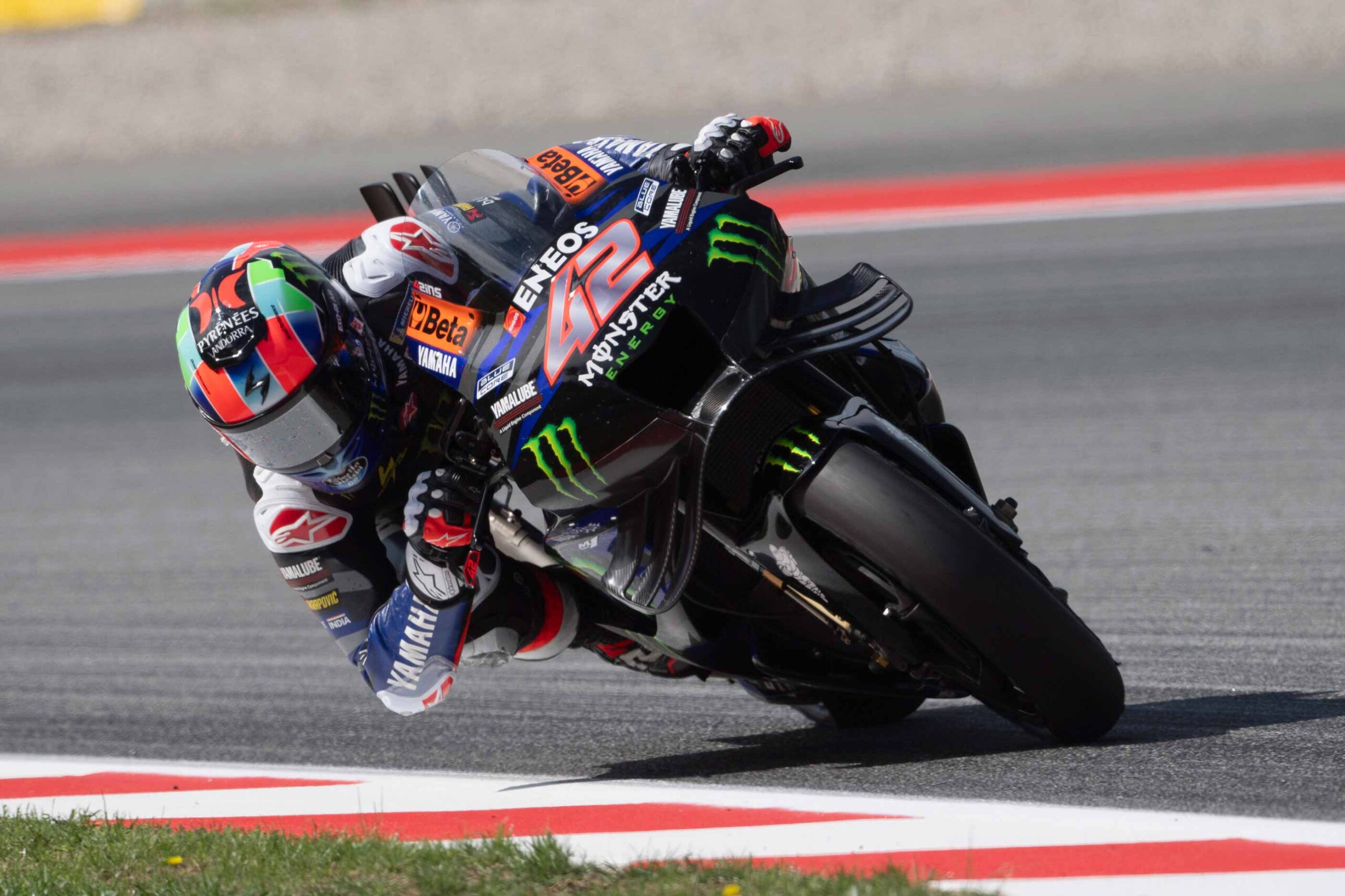
May 6, 2025
In the world of motorsport sponsorship, speed and performance have traditionally reigned supreme. However, a new race is underway, one towards sustainability. Both Formula 1 and MotoGP are st[...]
Read MoreIn an era where it is possible to get anywhere with a click, there is a strong temptation to approach teams and properties directly for sponsorship projects.
By doing so, we are convinced that we are shortening the value chain, saving time and money. However, these DYI methods are anything but risk-free and what initially appears to be a competitive advantage soon turns into a problem that is difficult to resolve. That’s why there are agencies. And this is why you should rely on us for your sponsorships.
When first approaching a sponsorship or sports marketing project, it is difficult to know immediately which stakeholders are correct, what the decision flow is, and what the right timelines are for each process. Sports is a very specialized field of action, and fitting effectively into its paths can take a lot of time and therefore money. We, on the other hand, know referents and spheres of action and know who to talk to, when and how. So you are also more effective.
Sports is an immense passion, and for our heart colors we would be willing to do anything. But business is a different business, and it is important to make the best possible strategic decisions based on independent research, statistics and reliable data. A sports marketing and sports sponsorship agency like RTR has an objective, 360-degree picture of the scenario and can tell you what is really best for you: which sport, which athlete, which team. This is because we possess a great deal of data and information on ratings, segmentation and attitudes. Because the numbers don’t lie. Never.
Activations are the real heart of sports sponsorship. Without them, there remains only a blank sticker on a motorcycle, car or uniform and no contact with the public, no emotional connection, no impact on the bottom line. Then how do you do it? It certainly won’t be the teams or the athletes who will help you leverage sponsorship and enjoy the many marketing rights you have paid for. To bring out the best in a sports marketing project you need an agency that knows how to use sponsorship to engage the fanbase on the Web, to reach out to Shopping Centers, to organize hospitality, to develop B2B and B2C opportunities, and to get “your” athletes in front of millions of potential consumers.
Would you ever go to the dealer who sold you the car and ask if the competitor’s car is better? No, of course. So, how do you expect to get firm measurements of the effectiveness of your sponsorship if you do not rely on someone super partes? At RTR, we have always worked with independent third-party agencies that allow us to know the return on any exposure of your brand on TV and in the media. In addition, we believe in calculating ROI as the ultimate measure of your success-so we can tell you for every penny you spend how much you are making.
We have been involved in sports sponsorship and sports marketing for more than 15 years. We are consultants in the sense that our goal is to maximize your investment, but we are also an agency that manages the project from start to finish. We have been doing this since 1995 with passion and professionalism, following three principles that have become cornerstones of our business: independence, verticality and transparency.
I would like to highlight the fact that one of the qualities of RTR is its great ability to approach the sponsorship scenario strategically, together with its passionate attitude, its amazing enthusiasm for solving problems, and its high level of professionalism.
Gianluca Degliesposti
Executive Director Server&Storage EMEA
Eurosport is truly delighted with its business relationship with Riccardo Tafà, who has become extremely popular, thanks to his detailed knowledge of the sports marketing sector and his highly diligent attitude to work.
Francois Ribeiro
Commercial Director
Passion and Expertise are the features that I have found in RTR since the very beginning. Serious and reliable professionals but also very helpful, nice and open-mind people, willing to listen and compare different ideas. All the values in which RTR believes make this agency a partner, not just a supplier, a partner with whom we have had the opportunity to achieve significant commercial results in term of success and image.
Luca Pacitto
Head of Communication
We have been working with RTR Sports Marketing for over 10 years. The objectives and the programmes of collaboration continue to be renewed and to grow with mutual satisfaction. I believe RTR is a team of great professionals led by Riccardo Tafà, who I consider a manager of exceptional skills and with a great passion for his work.
Lucio Cecchinello
Team Principal
I have known and worked with Riccardo Tafà since 1995 when we collaborated for the first time on a project for the Williams Formula 1 team. Several clients followed. After leaving Williams to work for Gerhard Berger then owner of the Toro Rosso F1 Team, I turned again to Riccardo to seek his help in finding a tool supplier for the team and Riccardo duly obliged with an introduction to USAG, a partnership with Toro Rosso which endured for five years. I recently started a new role as Group Commercial Director for the renowned Andretti Autosport organisation and I find myself working with Riccardo once again on a number of interesting projects. Why has this relationship with Riccardo endured ? He’s smart, knows the commercial side of sport inside out and back to front and he’s honest and trustworthy. Riccardo Tafà is a “doer” not a “talker”: in over 20 years I have never had a dispute either with him or with a company that he has introduced and each partnership introduced by Riccardo has delivered quantifiable ROI to rights holder and sponsor alike. I can think of no better testimonial of Riccardo’s diligence, knowledge, contact base and hard work than that.
Jim Wright
Group Commercial Director
The online platform where you can discover the latest trends, strategies and insights from the exciting world of sports marketing.
View our blog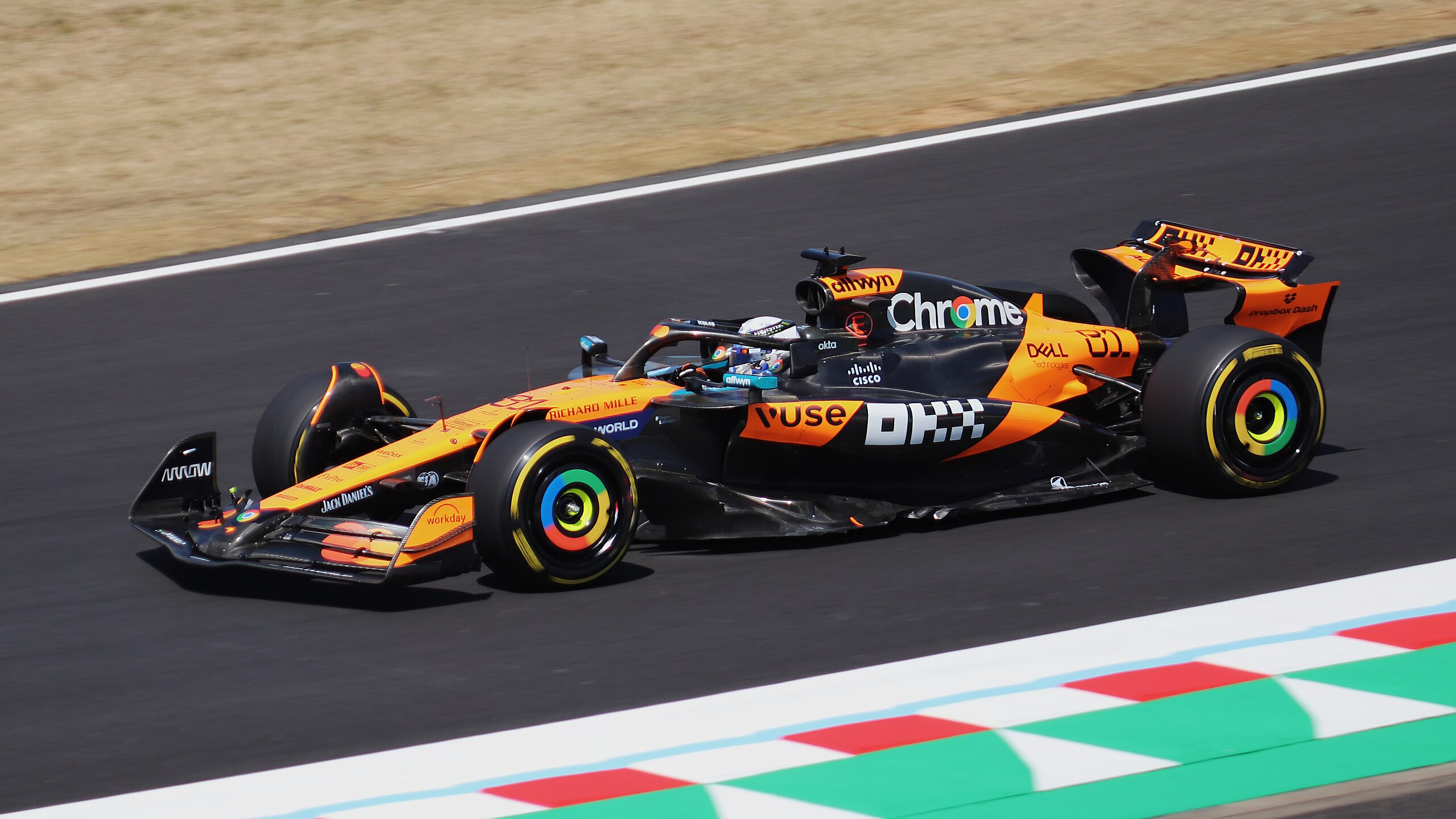
July 1, 2025
In the complex and exciting world of Formula 1, performance no longer belongs exclusively to wind tunnels and race strategies. It also unfolds in boardrooms, brand labs, and experiential mark[...]
Read More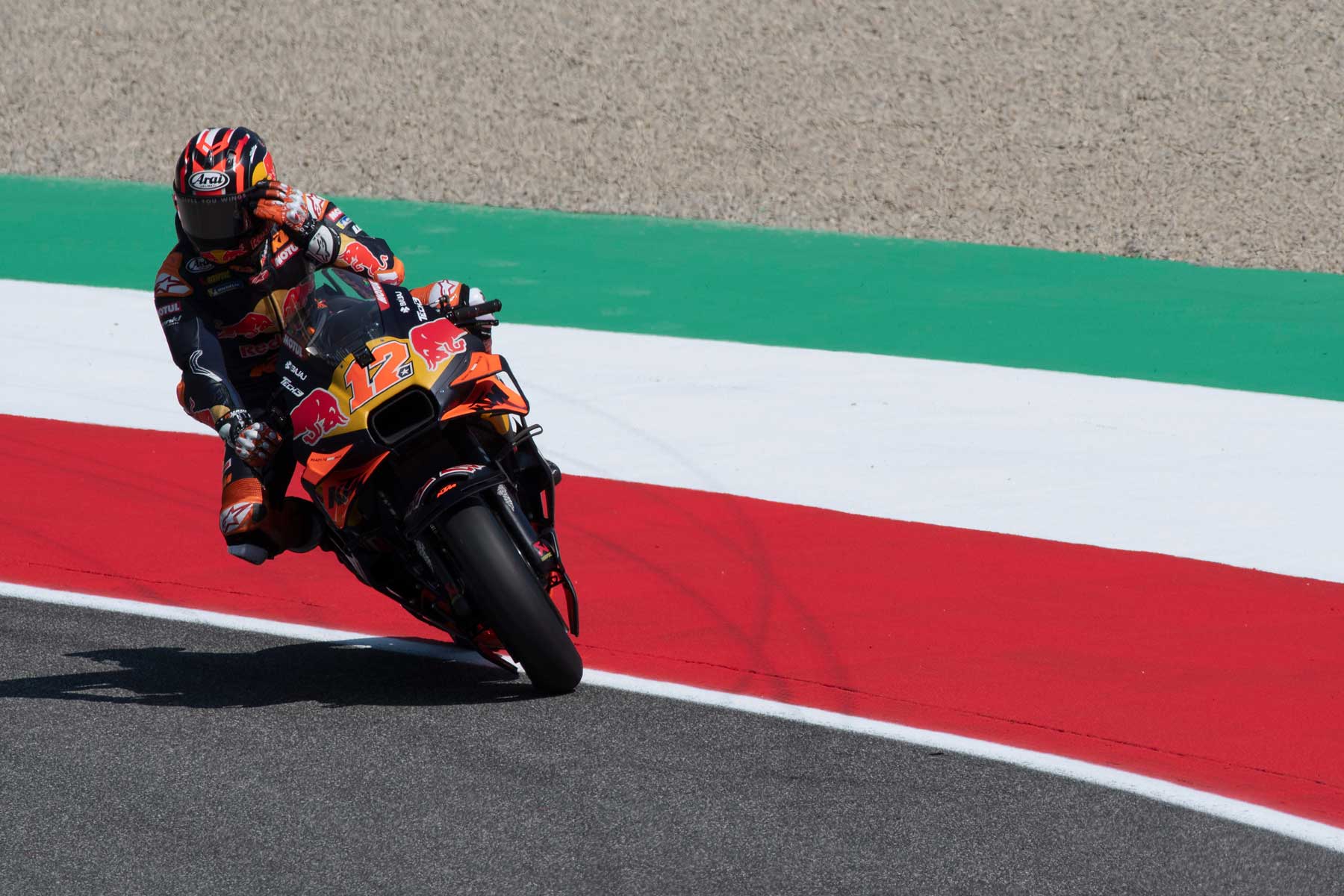
June 26, 2025
The European Commission has provided Liberty Media Corporation with unconditional approval to complete the acquisition of the MotoGP World Championship. The process of annexing the top motorc[...]
Read More
June 18, 2025
When you think of sports, what comes to mind? For many, the answer is sports marketing management. We see Super Bowl or Olympic commercials and it seems like every other product is marketed t[...]
Read More